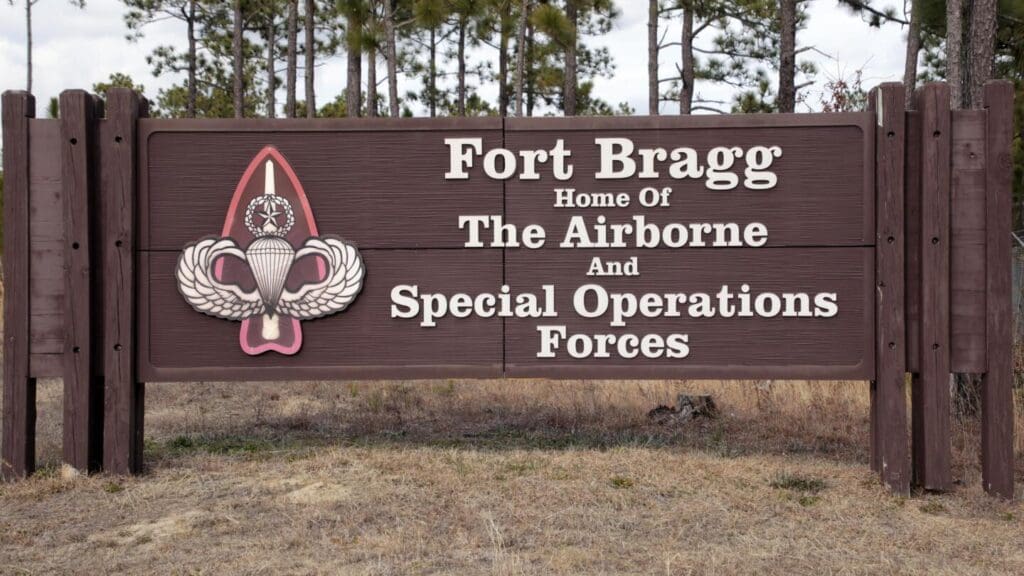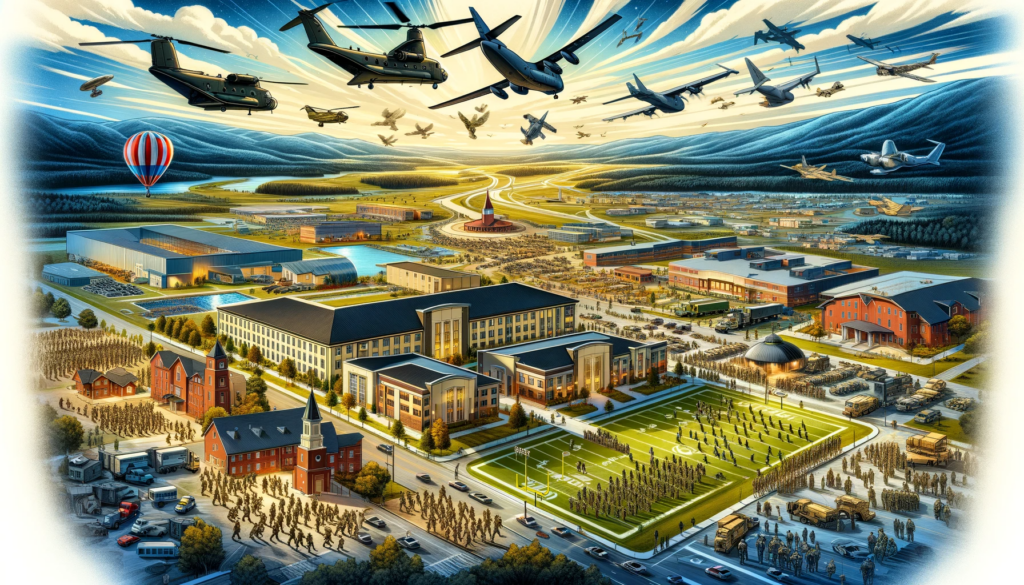Nestled in the heart of North Carolina lies a sprawling testament to the might and readiness of the United States military. Fort Bragg, the largest military base in the United States, is more than just a training ground for soldiers; it’s a vibrant community and a pivotal part of our nation’s defense. In this comprehensive guide, we delve into the rich history, immense scale, and vital role of Fort Bragg, offering an inside look at this cornerstone of American military might.
History of Fort Bragg
Established in 1918, Fort Bragg has a storied past that mirrors the evolution of the United States military. Originally named Camp Bragg, an artillery training ground, it transformed into a permanent Army post in the 1920s. The base played a crucial role during World War II, serving as a training site for airborne troops and special operations. Through the years, Fort Bragg has expanded its reach and capability, becoming a central hub for military strategy and preparation.
Size and Structure
Covering over 163,000 acres, Fort Bragg is a behemoth in terms of scale. It’s home to the U.S. Army’s XVIII Airborne Corps and the Special Operations Command, among others. The base supports approximately 54,000 military personnel, not including thousands of family members and civilian employees. Its facilities are vast and varied, including advanced training fields, two airfields, and numerous support buildings – a small city dedicated to the defense of our nation.
Role and Importance
Fort Bragg‘s primary mission is to maintain America’s strategic combat forces. It’s the training ground for airborne and special operation forces, ensuring that the U.S. military remains agile, efficient, and ready for rapid deployment. The base is often referred to as “the center of the military universe,” underscoring its critical role in national defense and international military operations.
Life on Base
Life at Fort Bragg is a blend of rigorous training and community spirit. The base offers a wide range of amenities to support its residents, including schools, shopping centers, and recreational facilities. Military families find a supportive environment, with numerous programs and resources available to assist them in their unique lifestyle. Community events, cultural activities, and sports leagues foster a sense of camaraderie and resilience among the inhabitants of Fort Bragg.
Fort Bragg in the Community
Beyond its military significance, Fort Bragg plays a vital role in the local economy and culture. It’s a major employer in the region, and its presence has a significant multiplier effect on the surrounding businesses and services. The base actively engages with local communities through outreach programs, fostering a strong and mutually beneficial relationship.
Future Developments
As military tactics and needs evolve, so does Fort Bragg. The base is constantly adapting, with plans for modernization and expansion to meet future challenges. Investments in state-of-the-art facilities and technology ensure that Fort Bragg remains at the forefront of military preparedness and capability.
Fort Bragg is more than just a military base; it’s a symbol of American strength and resilience. Its rich history, immense scale, and crucial role in national defense make it a unique and vital part of the United States military apparatus. As we look to the future, Fort Bragg stands ready to adapt and overcome, ensuring the safety and security of our nation.

Fort Liberty, also known as Fort Bragg, is a major United States Army installation located in North Carolina. It’s renowned for being one of the largest military installations in the world and plays a critical role in the training and deployment of U.S. Army forces. Here are some key aspects of Fort Liberty (Fort Bragg):
-
Size and Capacity: Fort Liberty is immense in size, covering over 163,000 acres. It hosts thousands of military personnel and is a self-contained city with its own schools, hospitals, and other essential services.
-
Military Significance: The base is home to the U.S. Army’s XVIII Airborne Corps and Special Operations Command. It’s a primary training site for airborne and special forces units, making it a crucial center for military readiness and deployment.
-
History: Established in 1918, its history is deeply intertwined with major military events and developments in the 20th and 21st centuries. Originally an artillery training ground, it has evolved into a multifaceted installation vital for various army operations.
-
Community and Daily Life: Fort Liberty is not just a military base; it’s a vibrant community. It provides a supportive environment for military families, with amenities and programs designed to assist in their unique lifestyles. Community events and recreational activities are common, fostering a sense of camaraderie among residents.
-
Economic Impact: The base significantly impacts the local and regional economy, being a major employer and contributing to the economic growth of surrounding communities.
-
Future Developments: The base continues to evolve, with ongoing investments in modern facilities and technologies to stay ahead of changing military needs and tactics.
Fort Liberty remains a symbol of American military strength and resilience, playing a critical role in national defense and military strategy.




